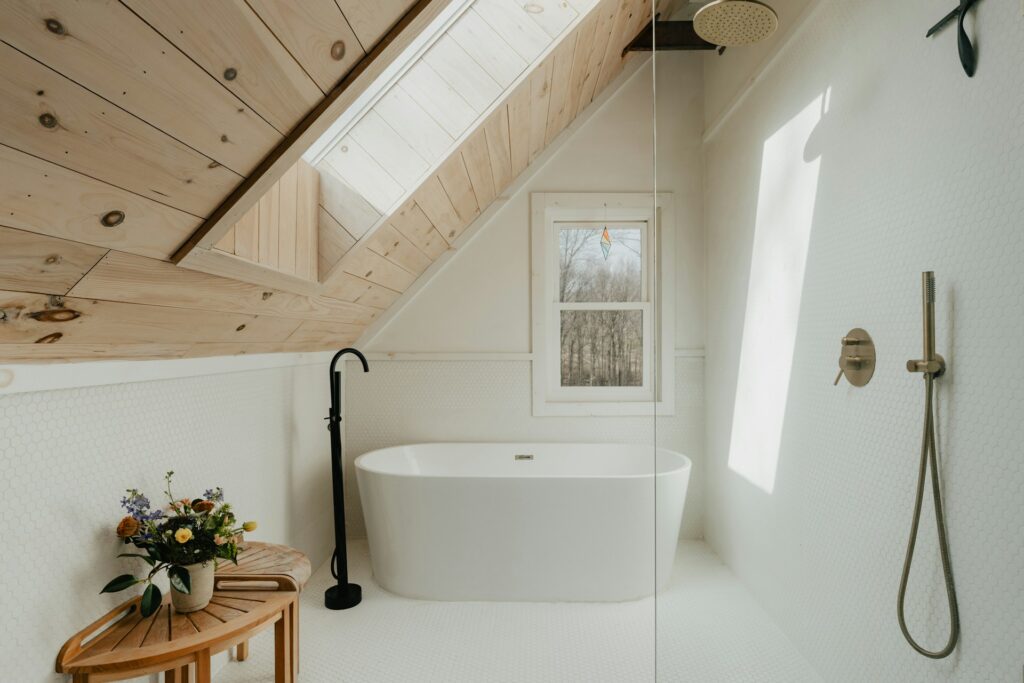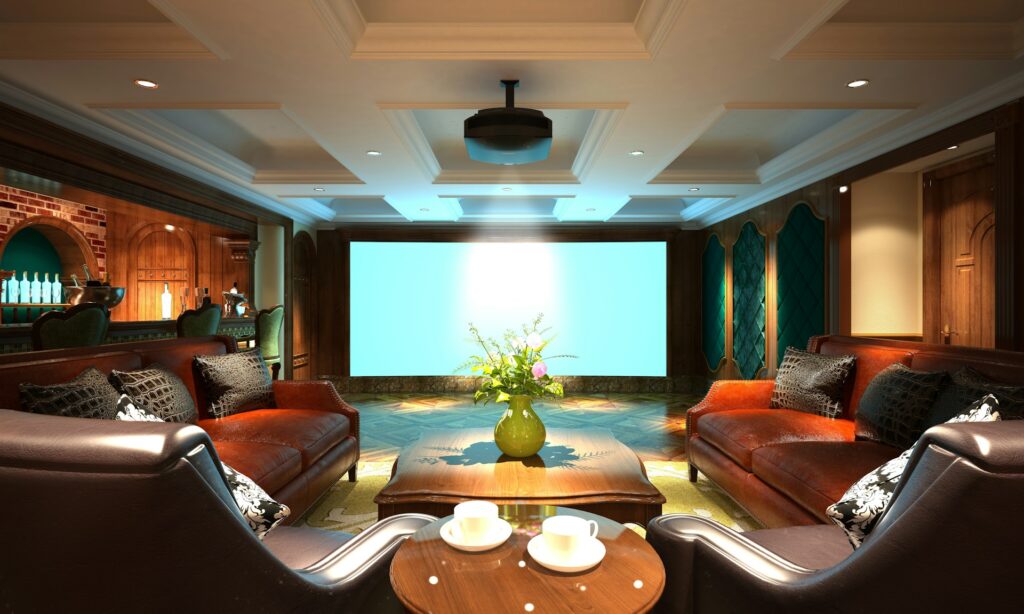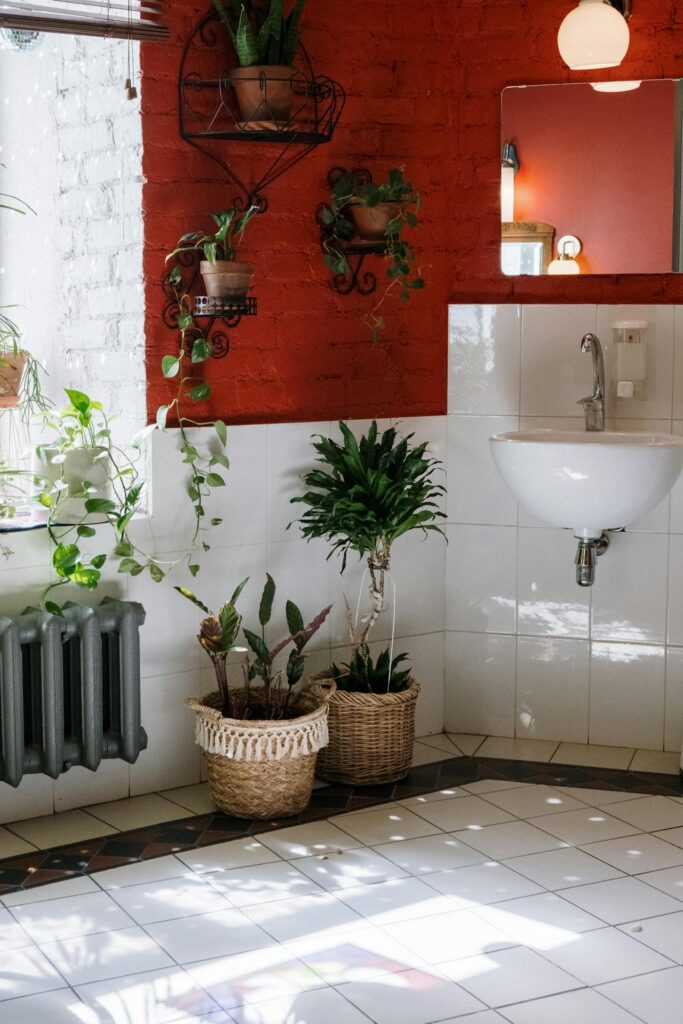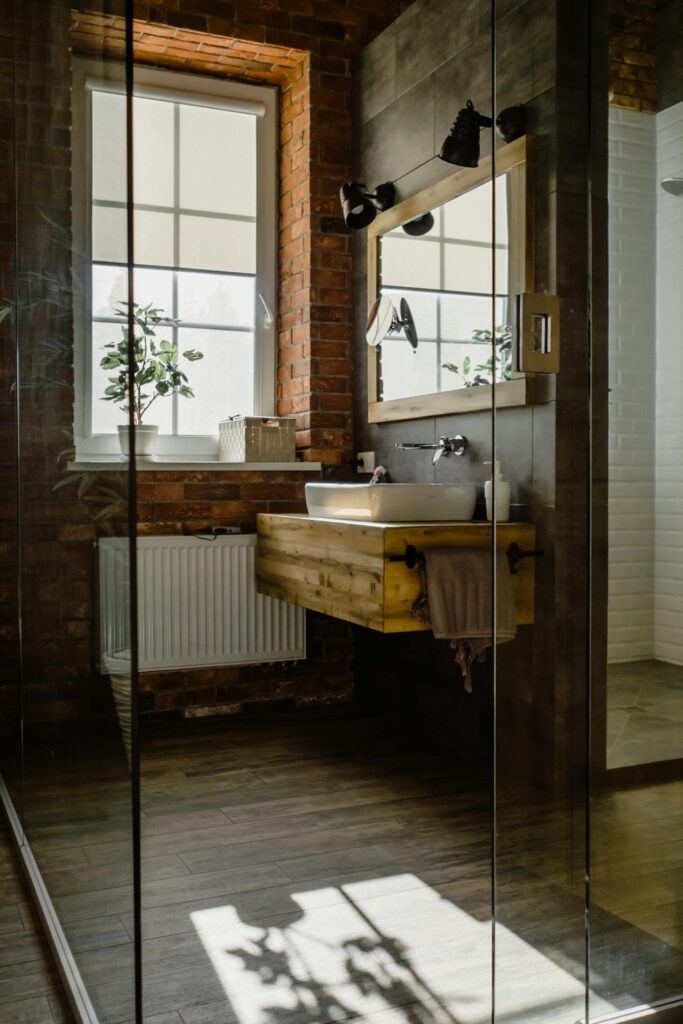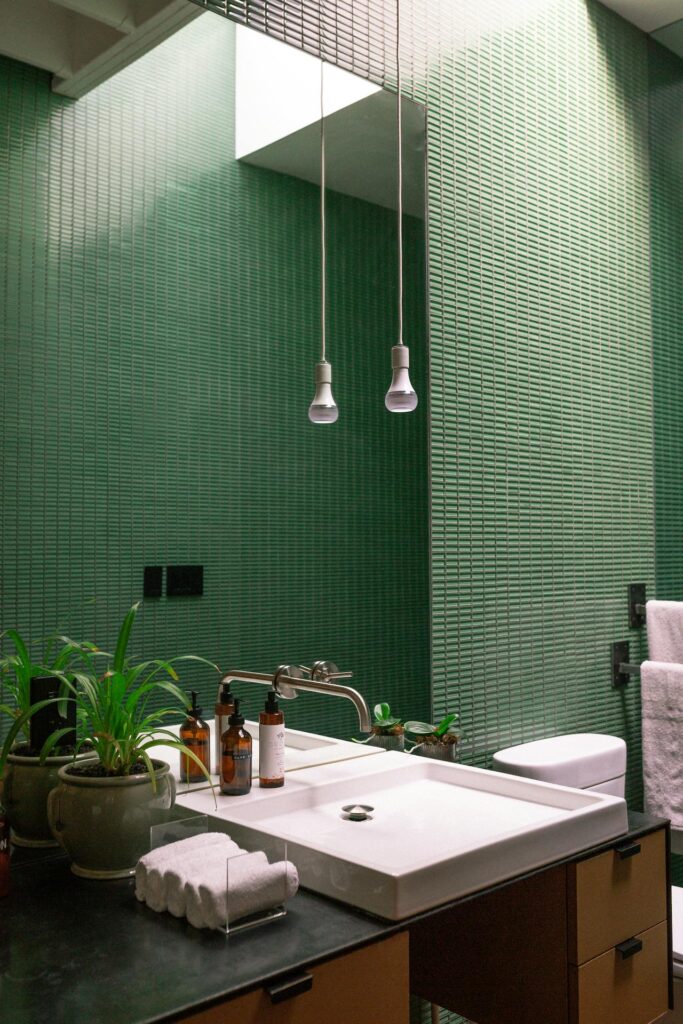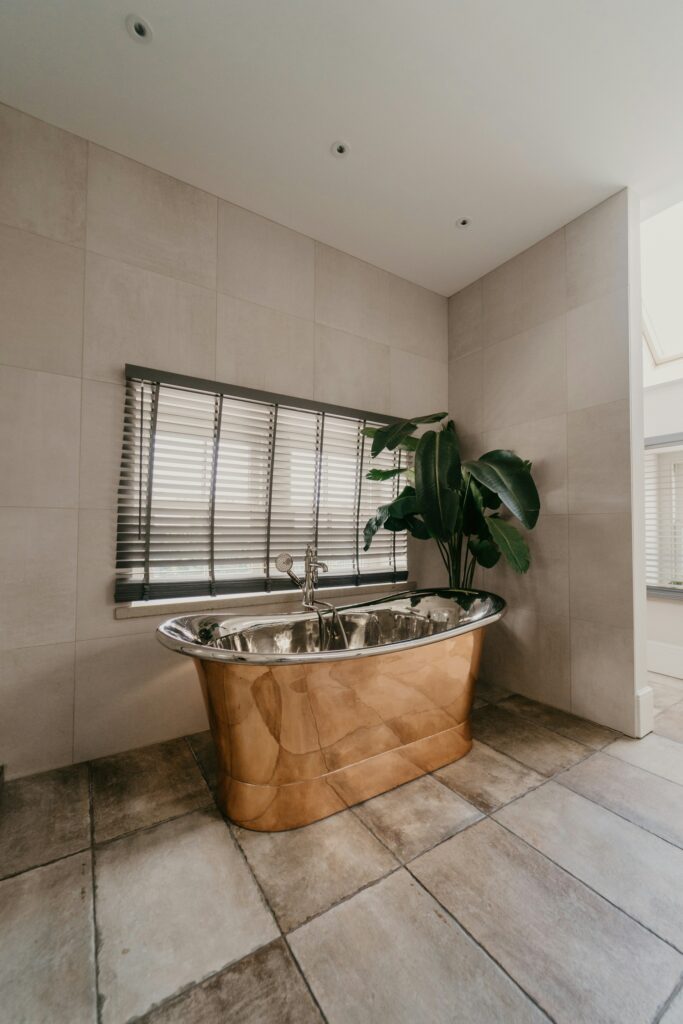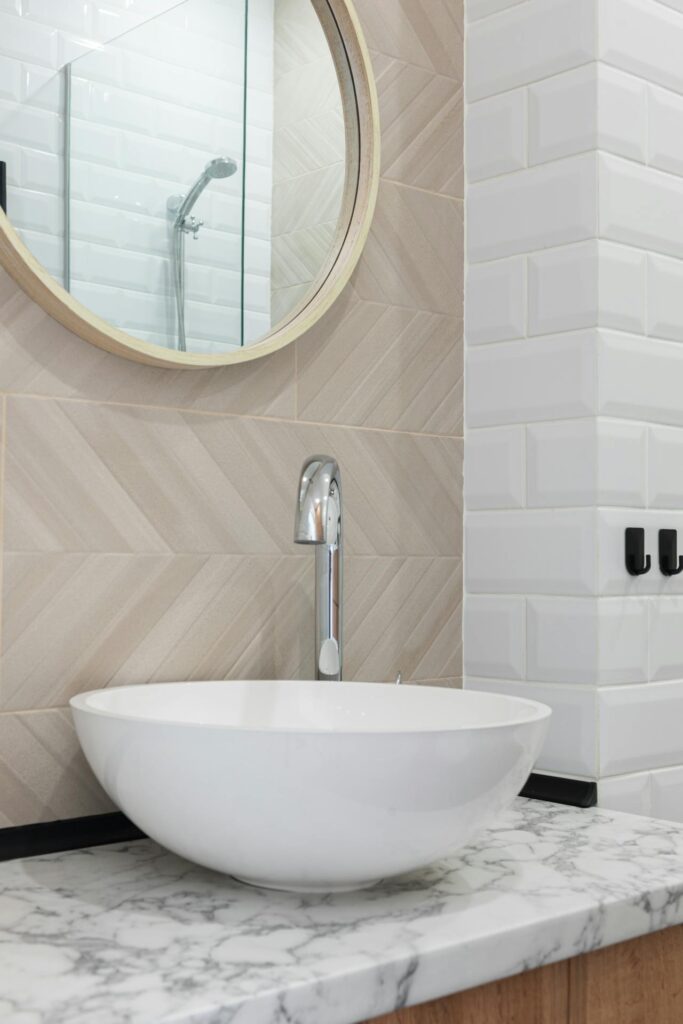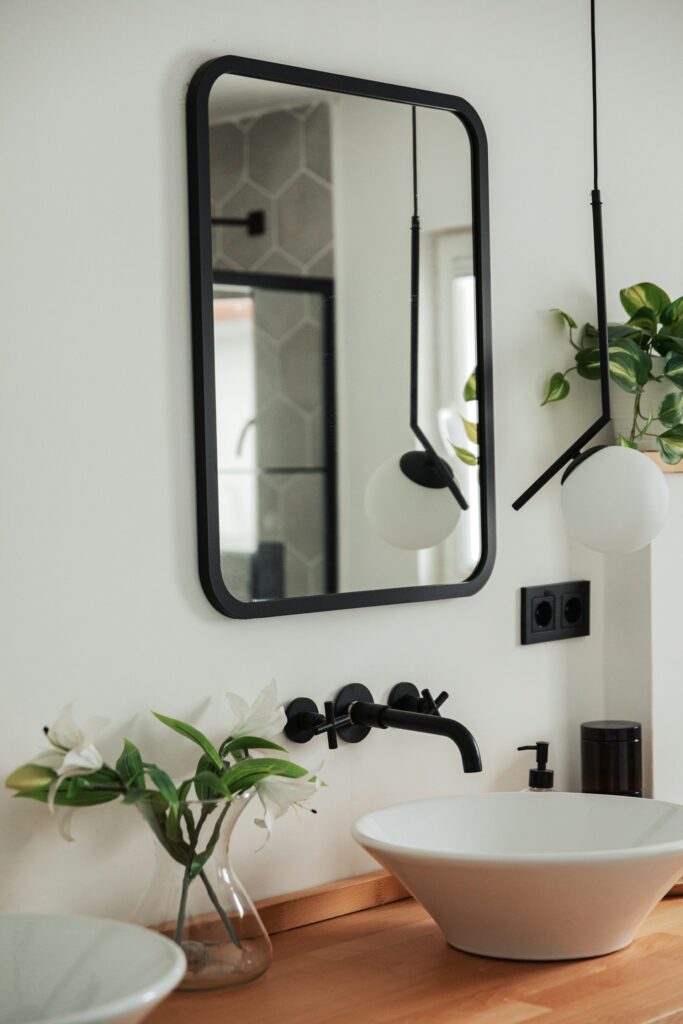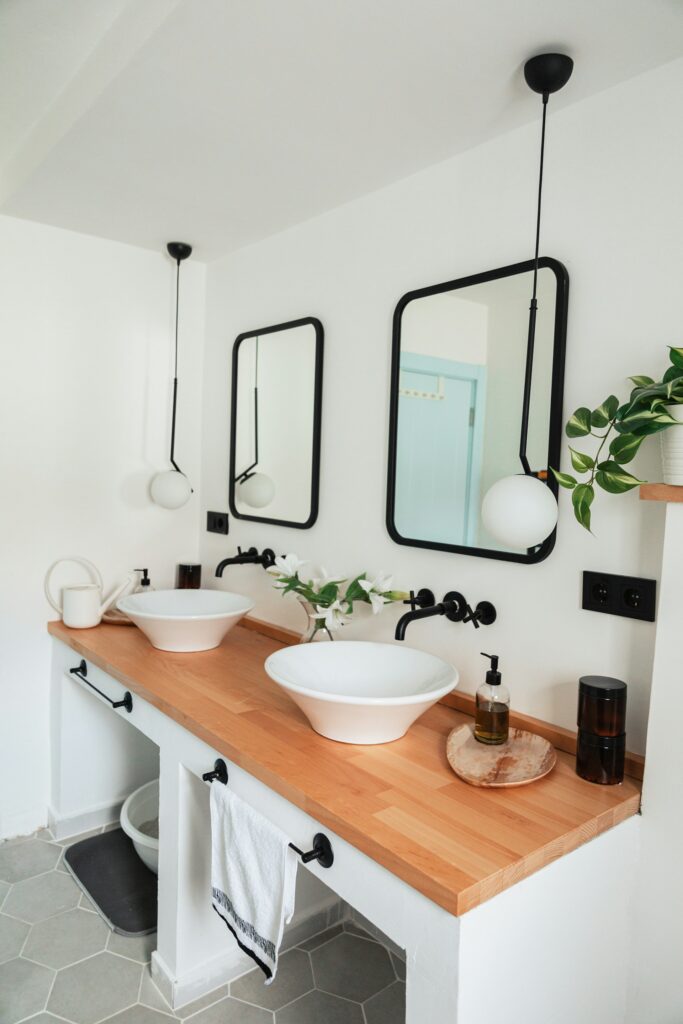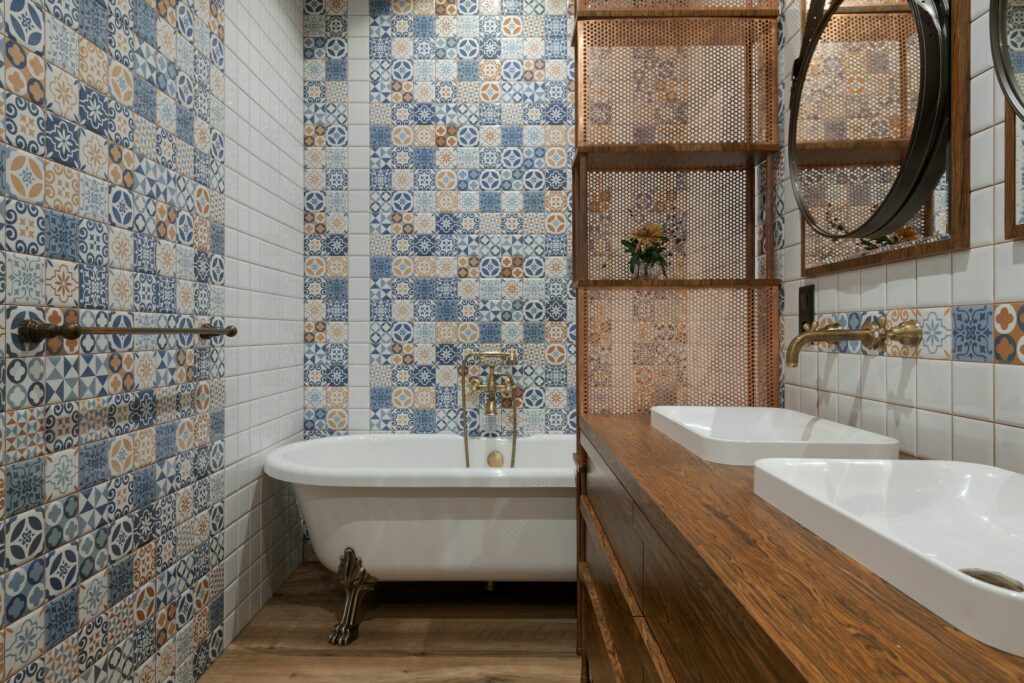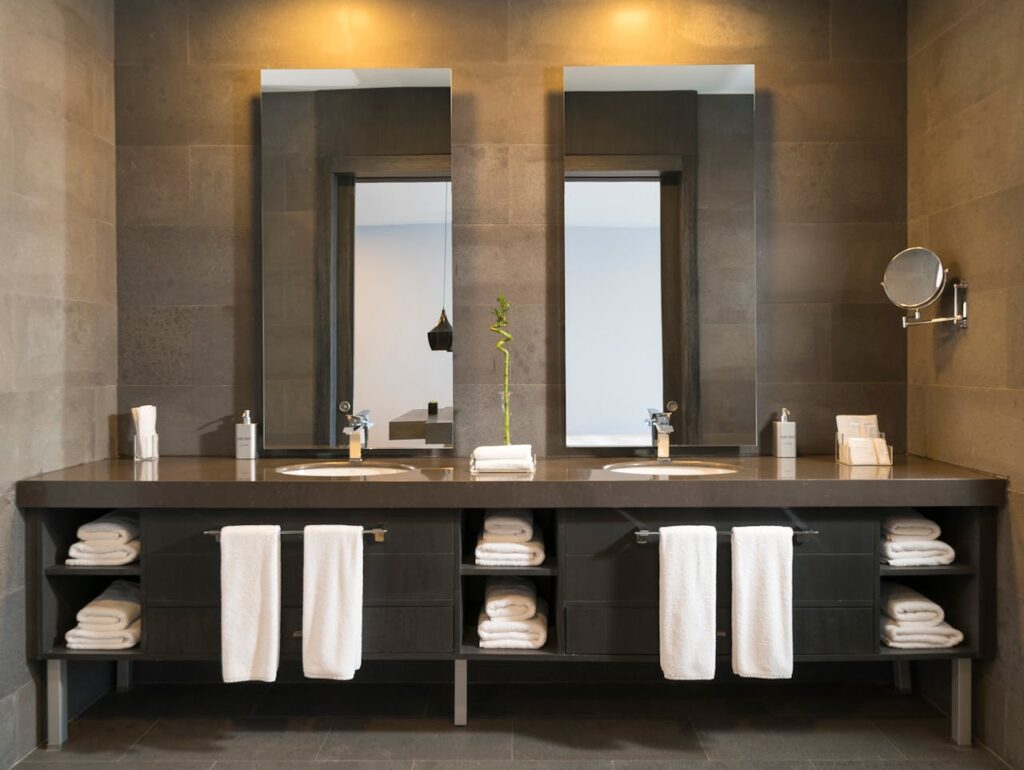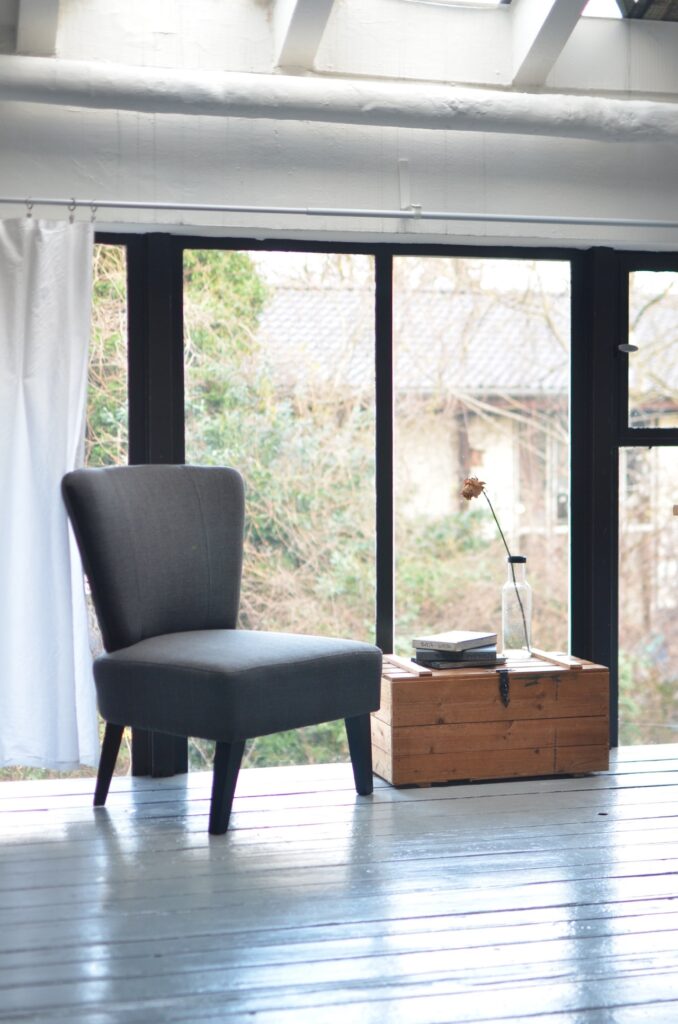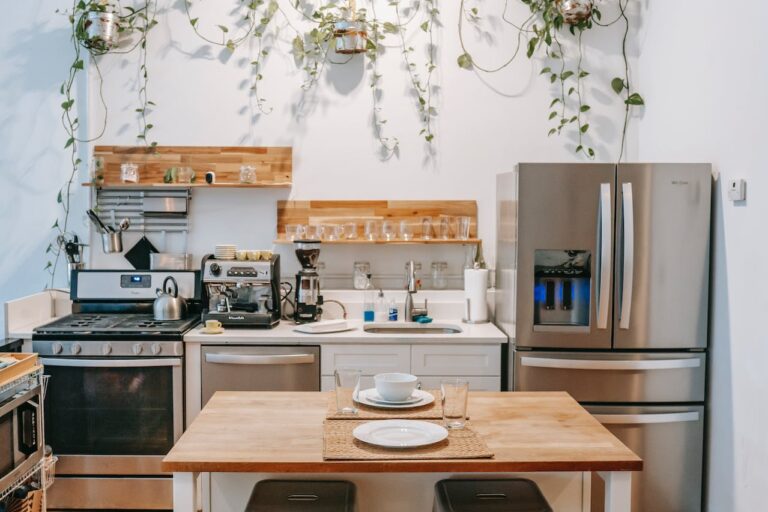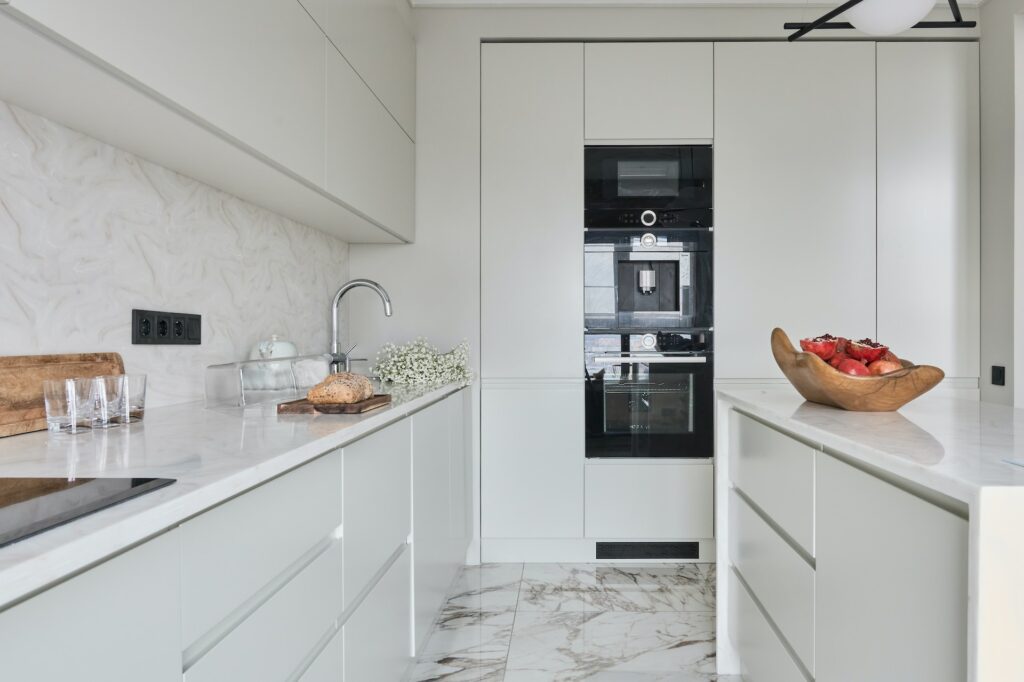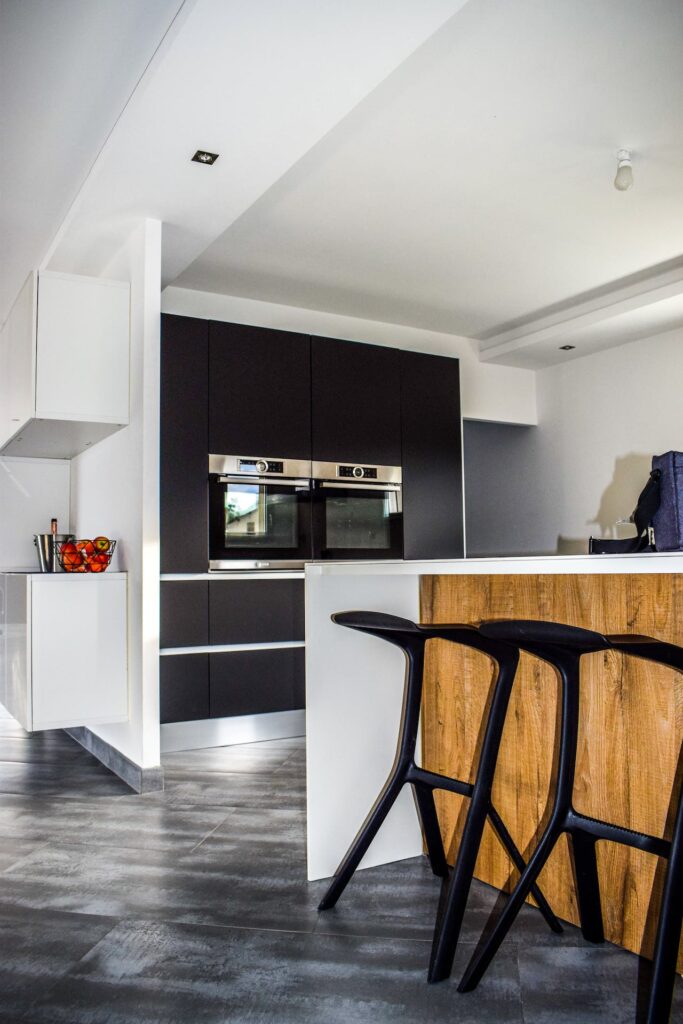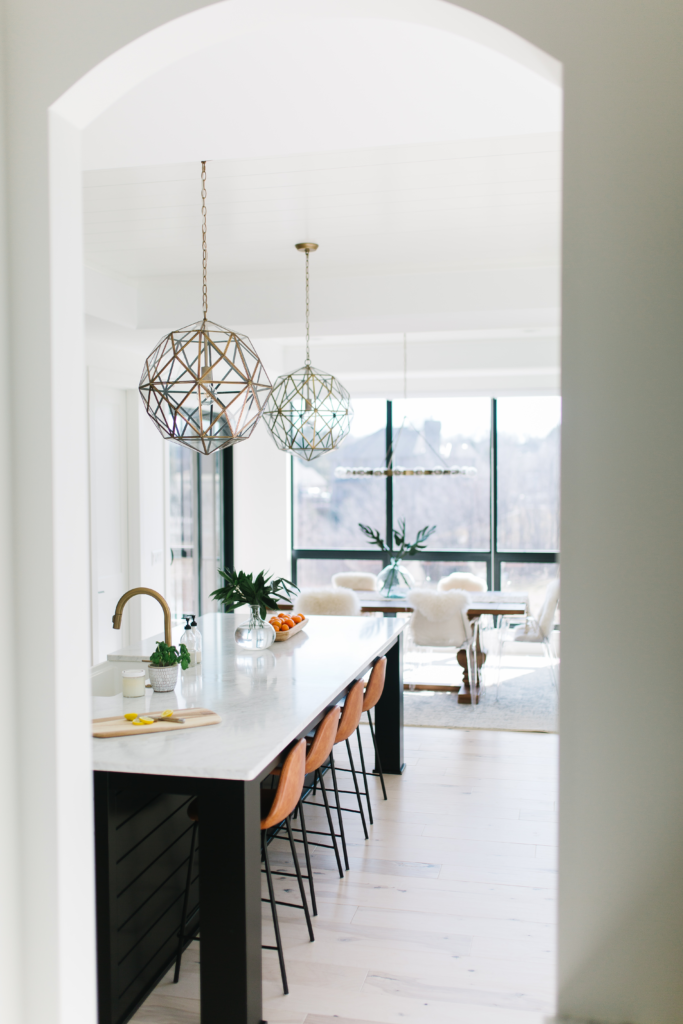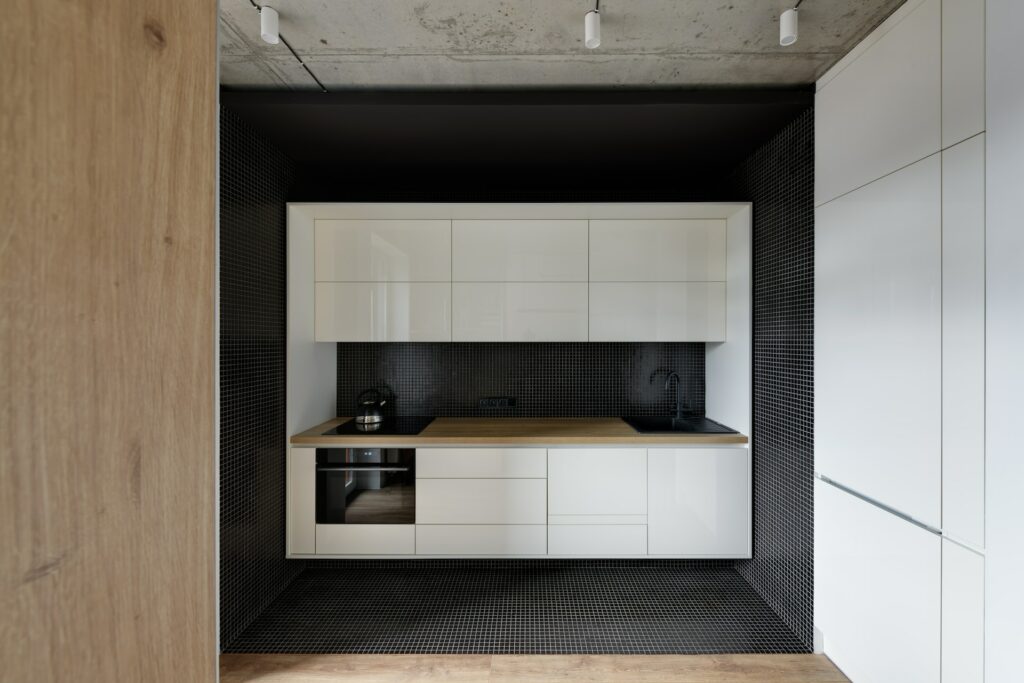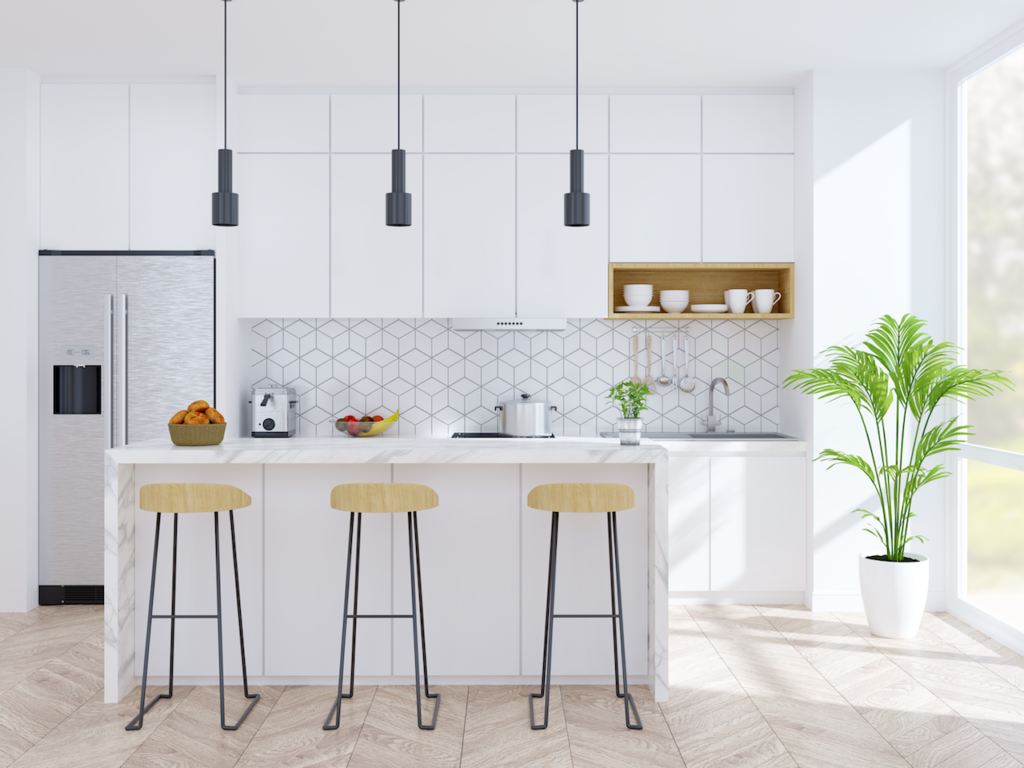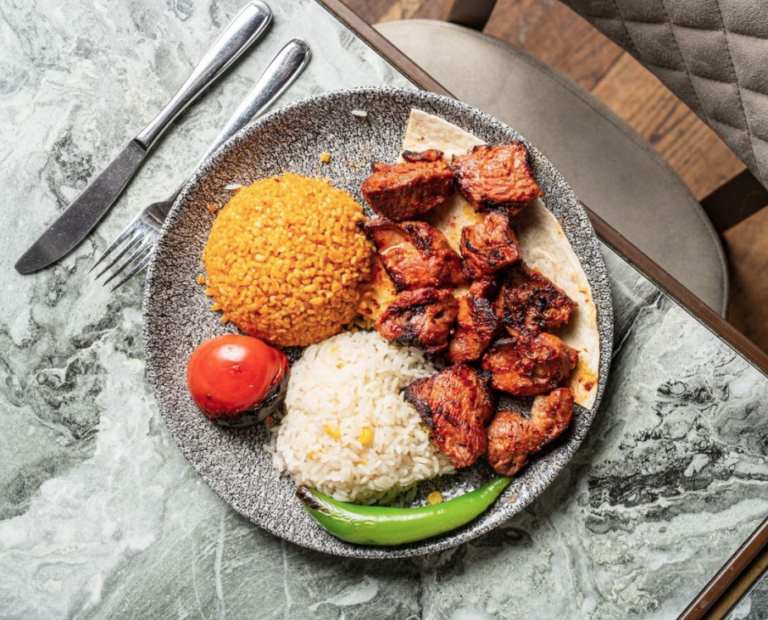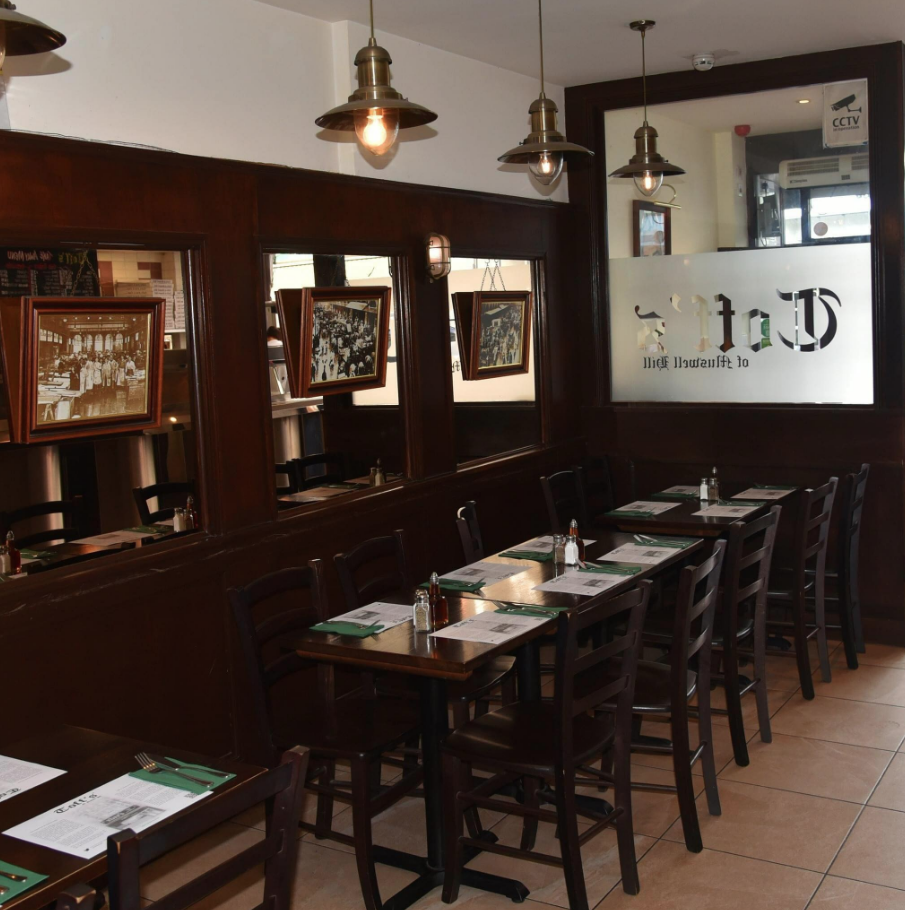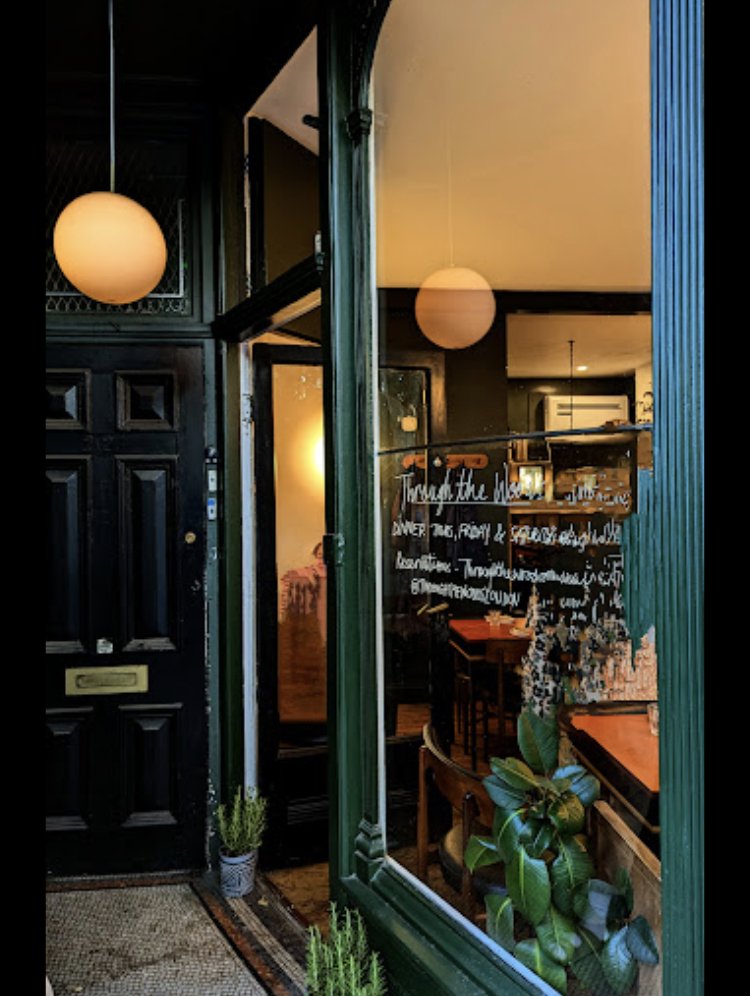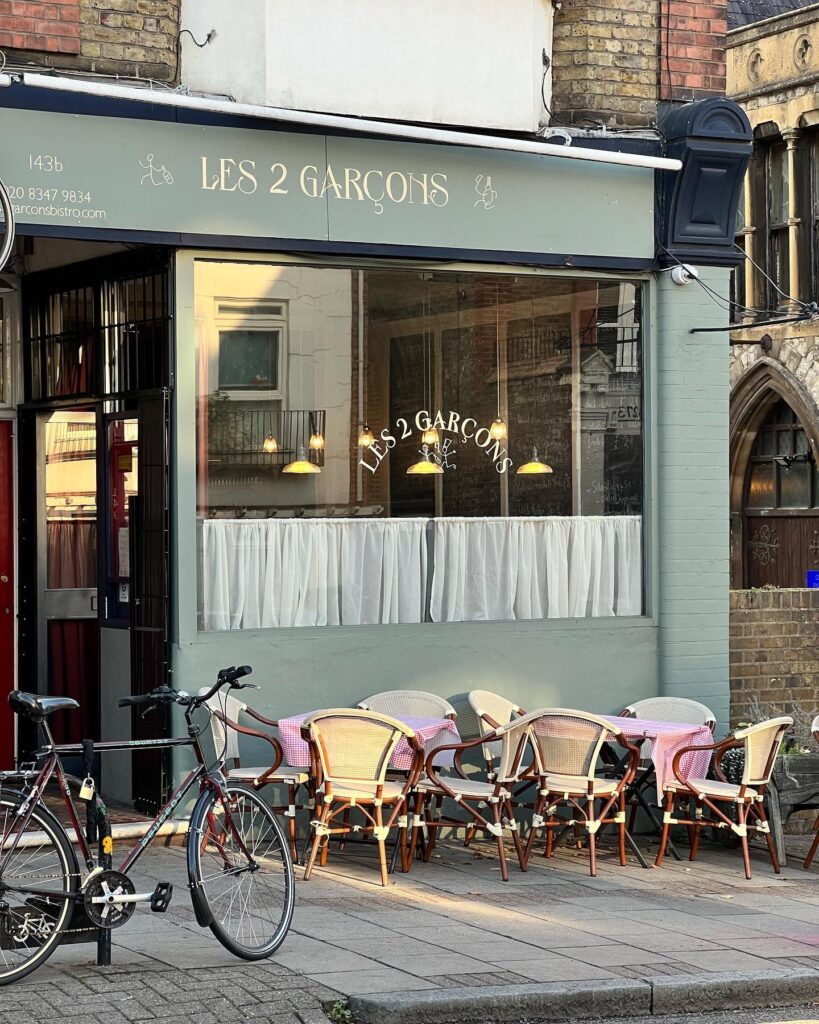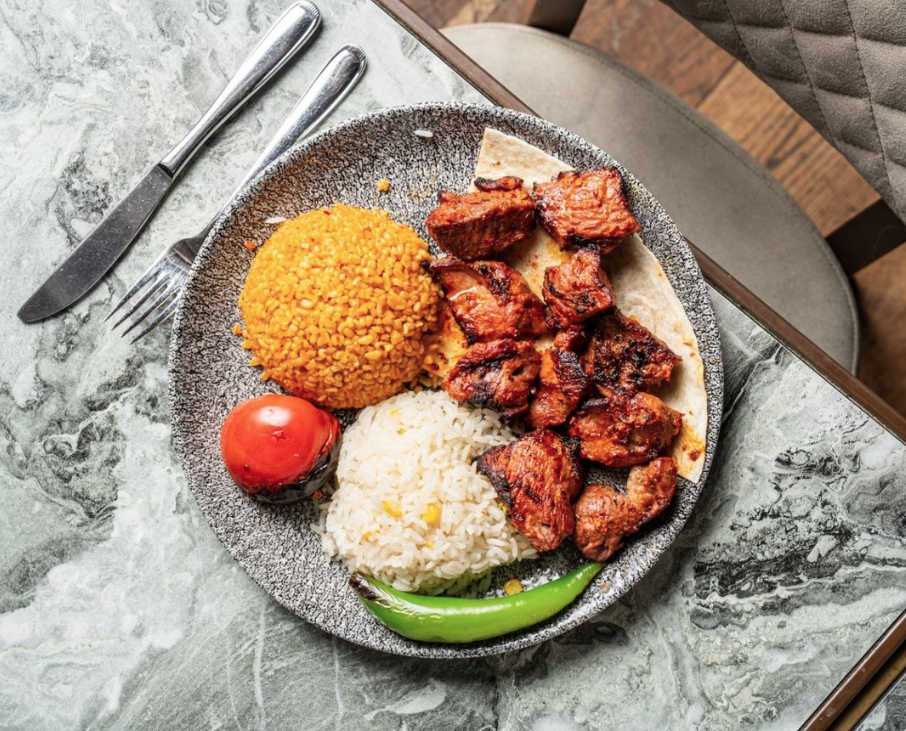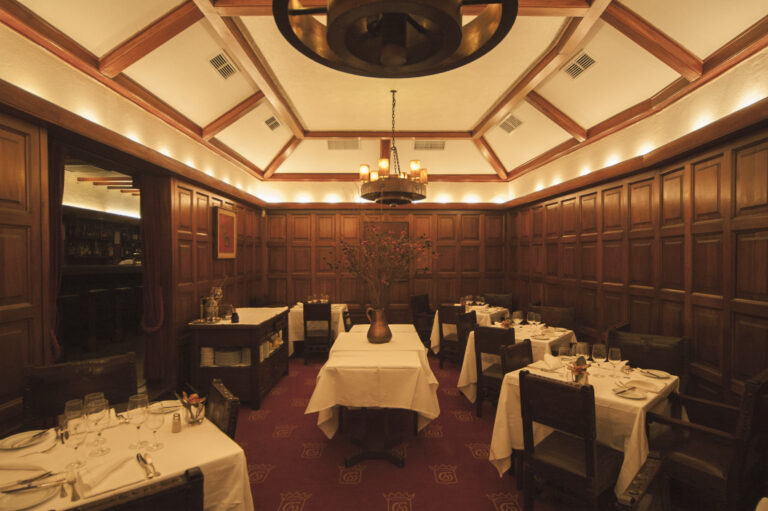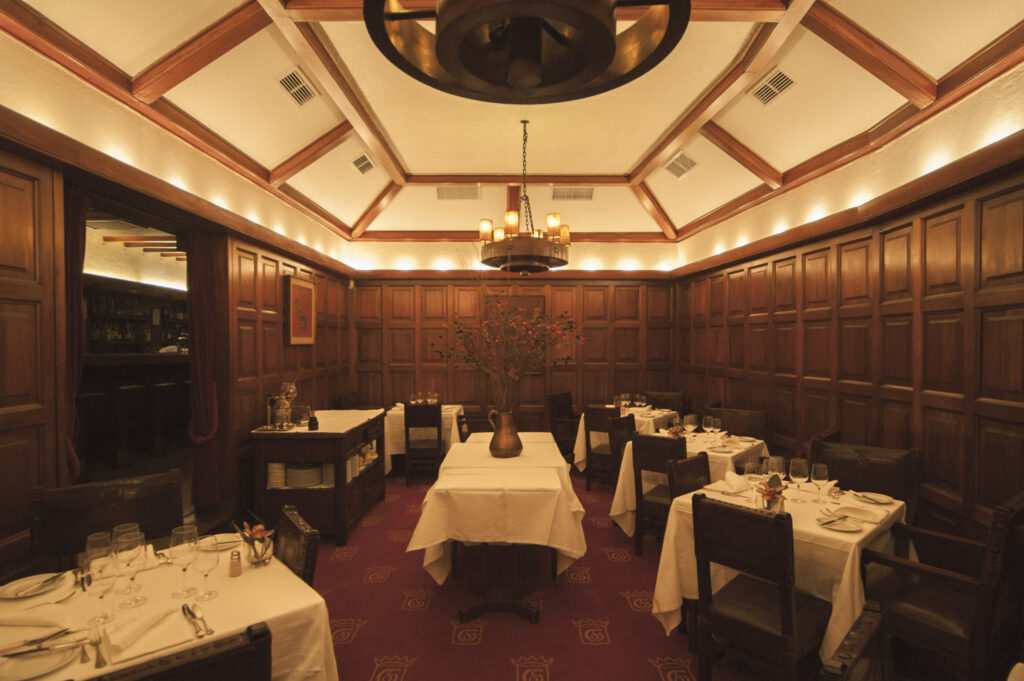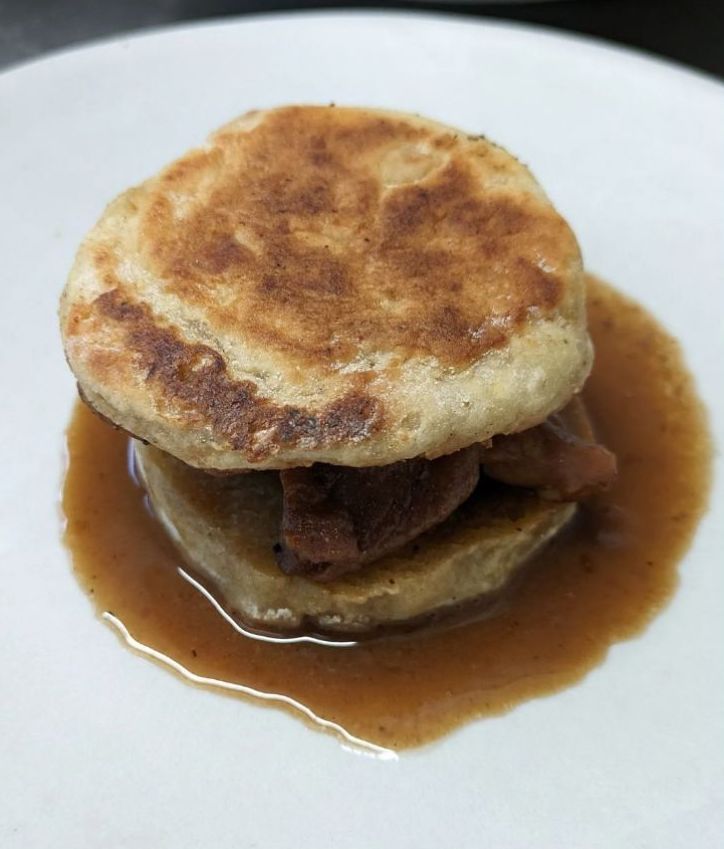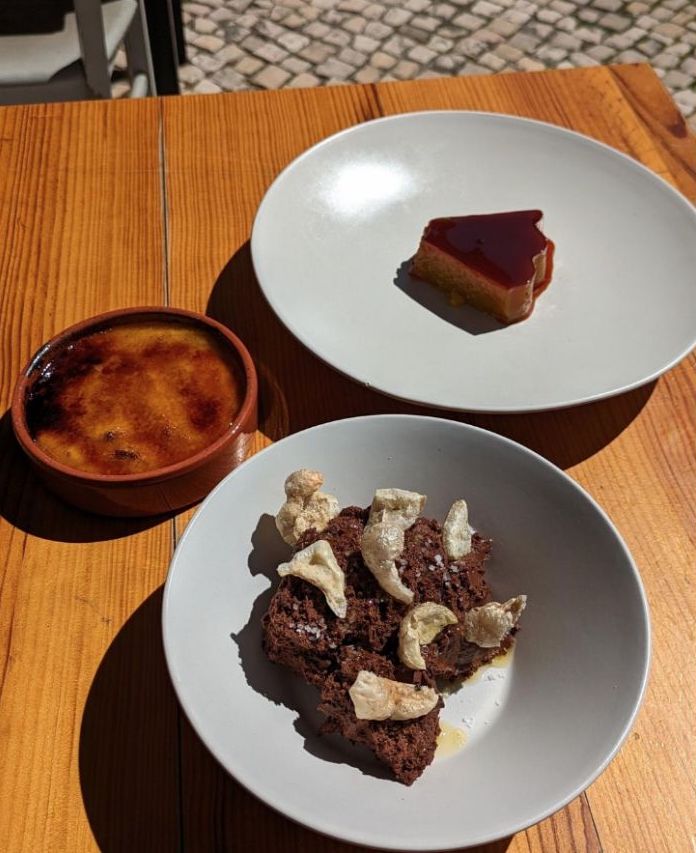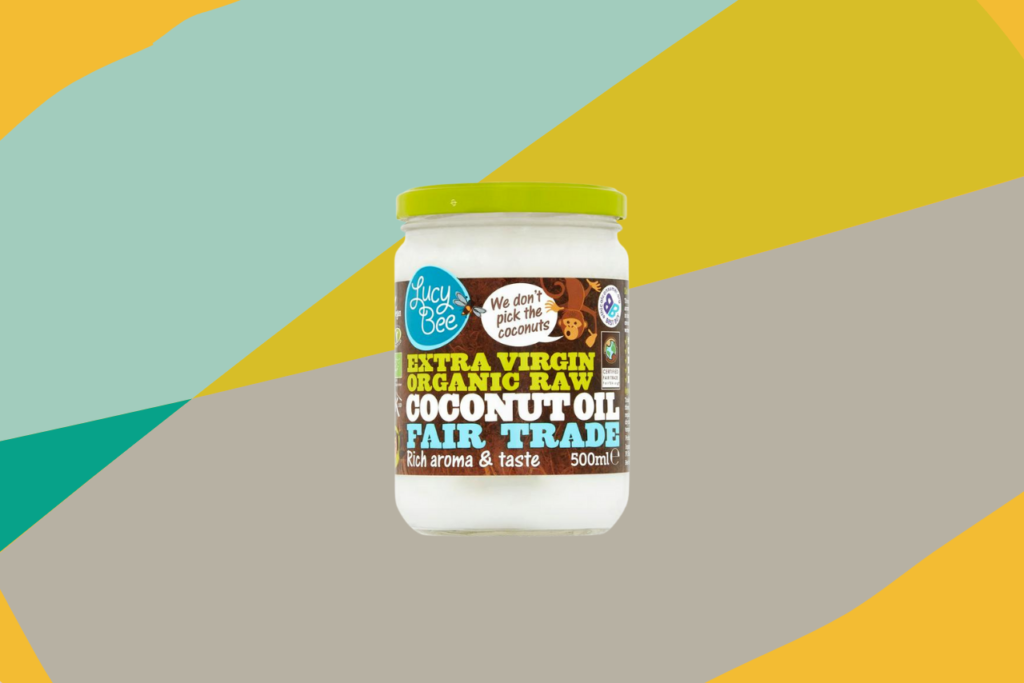Madison Square Garden, often referred to as ‘The Garden’, is one of New York City’s most iconic venues, hosting a myriad of events from electrifying sports blockbusters to some of the biggest concerts in the business.
With the effort (and money) spent in securing tickets to such major cultural events obviously massive, it makes sense to make the most of a day in the area, exploring Manhattan’s famous sites and the landmarks close to Madison Square Garden itself.
The concern, of course, is that this all adds up. We get it; scoring basketball tickets in New York or seats for the Springsteen show doesn’t exactly come cheap. If you find yourself with some time to spare before your event, you might be looking for cheap – or even free – things to do to pass the time before doors open. With that in mind, here are some of the best free things to do close to Madison Square Garden that will make your visit even more memorable.
Stroll The High Line
Just a short walk from Madison Square Garden, the High Line is an elevated park built on a historic freight rail line. This urban oasis offers stunning views of the city, unique art installations, and beautifully landscaped gardens. It’s the perfect place to take a leisurely stroll, snap some photos, and enjoy the fresh air before heading to your event.




Explore The New York Public Library
A mere 15-minute walk from The Garden, the New York Public Library’s Stephen A. Schwarzman Building is a must-visit. This Beaux-Arts landmark is not only an architectural marvel but also a treasure trove of knowledge. Wander through the majestic halls, admire the grand reading rooms, and don’t miss the iconic Rose Main Reading Room. Entry is free, and it’s a peaceful retreat from the bustling city streets.



Relax In Bryant Park
Adjacent to the New York Public Library, Bryant Park is a green haven in the heart of Midtown Manhattan. This lively park offers free Wi-Fi, ample seating, and a variety of free activities depending on the season. In the summer, you might catch a free outdoor movie screening or a live performance. In the winter, the park transforms into a winter wonderland with a free ice skating rink (though skate rentals are not free).
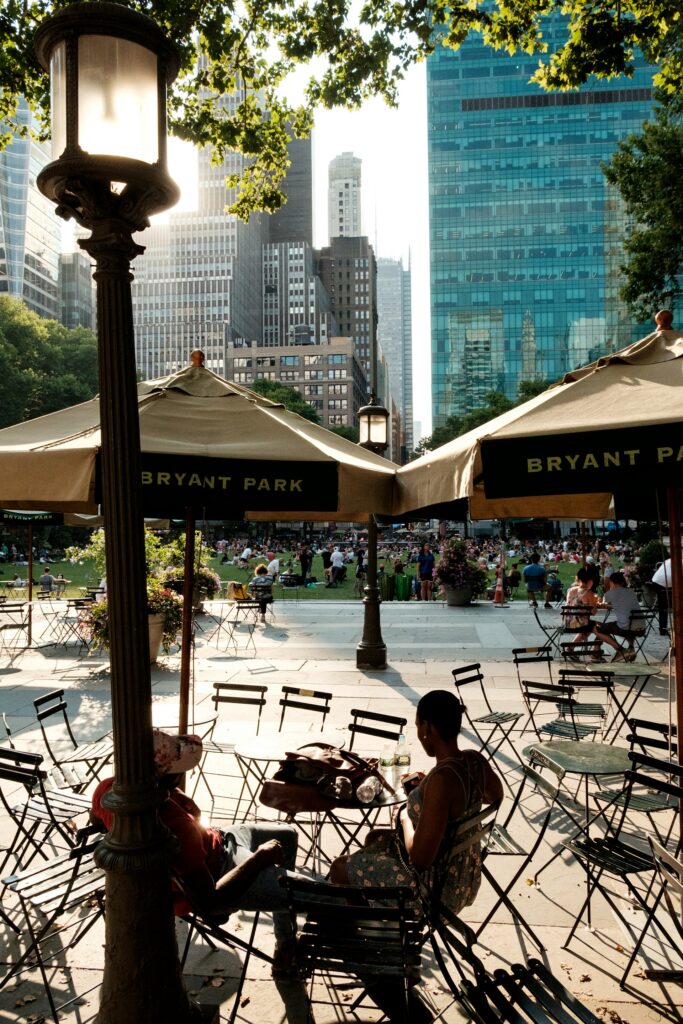

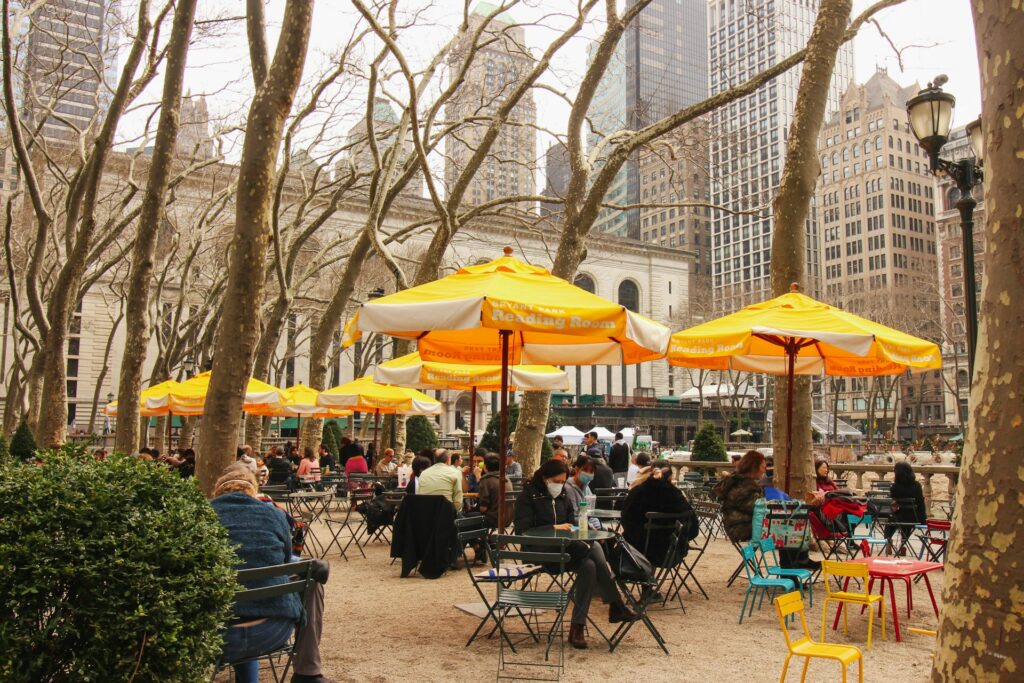
The Chelsea Market
While technically a market, Chelsea Market is a cultural experience in itself. Located a 20 minute walk from Madison Square Garden, this historic building houses a variety of food vendors, shops, and art installations. While you might be tempted to spend on some delicious treats (hey, perhaps this is the ideal spot for a pre-show dinner?), simply wandering through the market and soaking in the atmosphere is an enjoyable experience that costs nothing. And, of course, trying all the tasters and freebies…
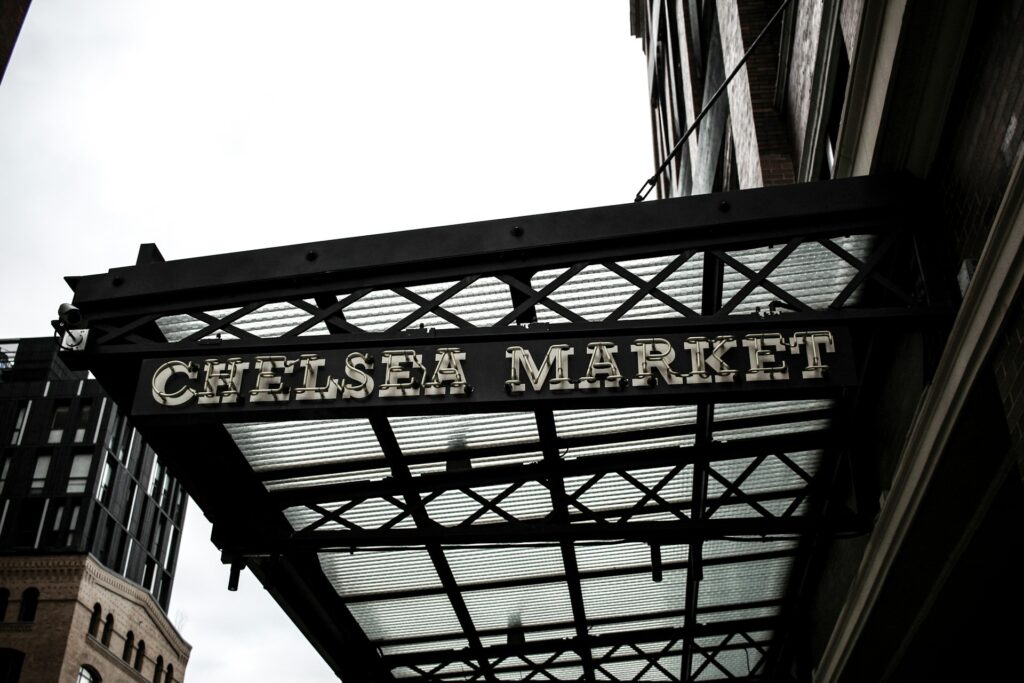


Walk Through The Garment District
The Garment District, just a stone’s throw from The Garden, is a fascinating area to explore. Known for its rich history in fashion, the district is home to the Fashion Walk of Fame, where you can see plaques honouring influential designers. Additionally, the area is dotted with public art installations and sculptures, making it a visually stimulating walk.
Admire The Art At Penn Station
Penn Station, located directly beneath Madison Square Garden, is not just a transportation hub but also a place to appreciate some impressive public art in the vast Moynihan Train Hall. The station features various art installations and murals that reflect the city’s vibrant culture. Take a moment to explore the station and discover these hidden gems.


People-Watch In Herald Square
Located at the intersection of Broadway and Sixth Avenue, Herald Square is a bustling public space perfect for people-watching. Grab a seat, enjoy the lively atmosphere, and watch the world go by. The square is also home to the famous Macy’s flagship store, which often has impressive window displays worth admiring.
Take In The Views From The Vessel
While entry to the Vessel at Hudson Yards requires a ticket (and is temporarily closed, it should be added), you can still enjoy the impressive structure from the outside for free. This honeycomb-like landmark offers a unique architectural experience and is a great spot for photos. The surrounding public spaces at Hudson Yards are also beautifully designed and worth a visit. The fresh breeze coming off the river certainly does no harm, either…

Discover The Art At The Rubin Museum Of Art
On Fridays, the Rubin Museum of Art offers free admission from 6:00 PM to 10:00 PM, if you reserve in advance. Located a short distance from Madison Square Garden, this museum focuses on Himalayan and Indian art. It’s a serene and enriching experience that provides a perfect cultural prelude to your evening event.
Enjoy The Greenery At Madison Square Park
Not to be confused with Madison Square Garden, Madison Square Park is a lovely green space located a bit further downtown. It’s a peaceful spot to relax, enjoy some public art, and take in the views of the surrounding Flatiron District. The park often hosts free events and installations, adding to its charm.

Visit The Metropolitan Museum Of Art
Okay, so if you’re a New York State resident, or New Jersey or Connecticut student, then The Met technically suggests a donation. New Yorkers know that it’s ‘pay what you wish’.
Located at the edge of Central Park, The Met is an artistic treasure trove. With collections spanning thousands of years and different continents, your cultural appetite will be more than satisfied. Plus, the walk along the park to the museum is beautiful and relaxing in its own right. Be aware that the walk takes around an hour to/from MSG.


The Bottom Line
Madison Square Garden’s central location in Manhattan means you’re never far from something interesting and free to do. So, even if The Knicks lose or Bruce doesn’t play I’m On Fire, at least you can console yourself with the memories of the fun you had before the show.









